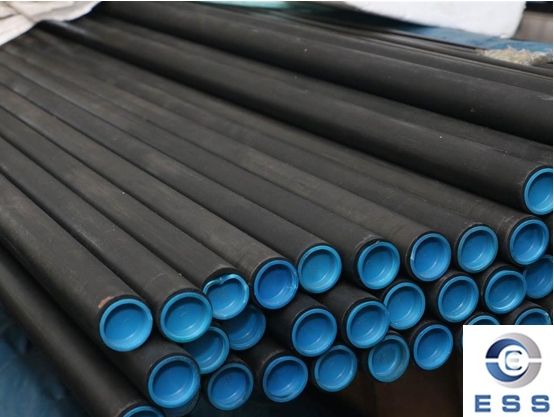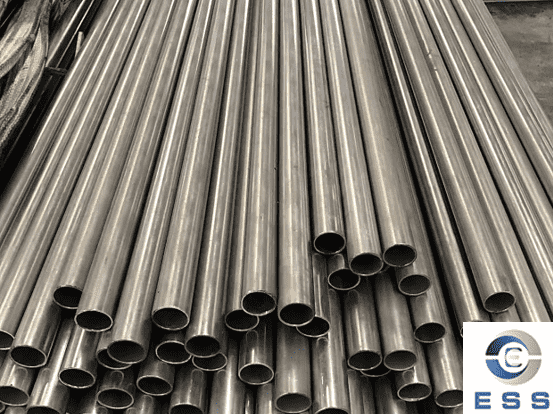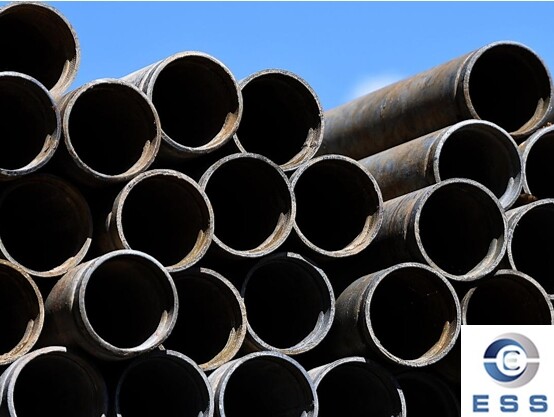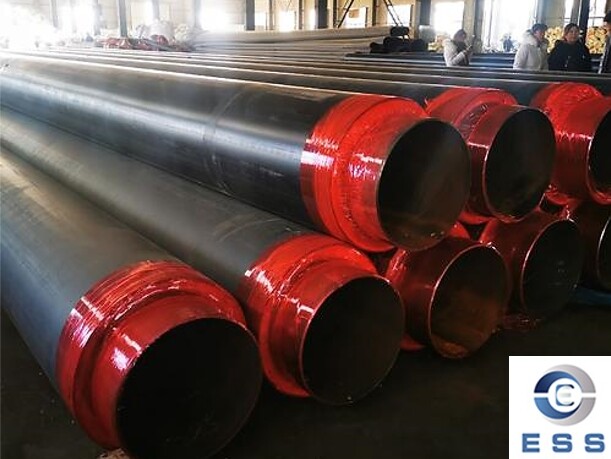
Choose the appropriate connection method
There are many ways to connect the quick
exhaust valve and seamless precision
tube. According to different scenarios and requirements, we can choose
different connection methods. When choosing a connection method, the following
factors need to be considered:
1. Whether the connection method is firm
and reliable, and whether it is easy to disassemble and replace.
2. Whether the connection method has good
sealing properties, and whether there will be leakage problems.
3. Whether the connection method is easy to
install, and whether special tools or skills are required.
4. The cost and service life of the
connection method, etc.
Recommended connection method
Based on the above factors, we can
recommend the following connection methods:
1. Welding connection
This connection method uses welding
technology to weld the quick exhaust valve and precision tube. This connection
method is firm and reliable, with good sealing properties, but requires
professional welding technology and equipment, and is not easy to disassemble
and replace. For pipes such as seamless
steel pipe, welding is a common connection method, which can also ensure
its tight connection with the quick exhaust valve.
2. Flange connection
This connection method uses a flange to
connect the quick exhaust valve and precision tube. This connection method
requires the use of professional, high-quality flanges and gaskets provided by the flange supplier to ensure that the connection is firm and reliable, with good sealing, and easy
to disassemble and replace.
3. Ferrule connection
This connection method uses a ferrule to
connect the quick exhaust valve and the precision tube.
This connection method is relatively simple and easy to install and replace,
but the connection firmness and sealing are not as good as welding and flange
connection.
4. Quick-plug connector
This connection method uses a quick-plug
connector connection method and precision tube for connection. No tools are
required, just twist and connect; supports multiple quick disassembly and
assembly; but the unit price is high, and it needs to be selected carefully
under extremely high pressure. Suitable for automated assembly lines, modular
pneumatic units, and fast switching stations. In some heat
exchanger tube systems with high requirements for fast assembly, quick-plug
connectors can improve installation efficiency.
Advantages and disadvantages of various
connection methods
1. Welding connection
The advantage is that the connection is
firm and reliable, with good sealing; the disadvantage is that professional
welding technology and equipment are required for precision steel tube, and it
is not easy to disassemble and replace.
2. Flange connection
The advantages are firm and reliable
connection, good sealing, easy to disassemble and replace; the disadvantages
are that professional flanges and gaskets are required for precision tube, and
the cost is relatively high.
3. Ferrule connection
The advantages are simple connection, easy
installation and replacement, and low cost; the disadvantages are that the
connection firmness and sealing are not as good as welding and flange
connection for seamless precision tube.
4. Quick-plug connector
The advantages are installation in seconds;
modular replacement; no tools required; the disadvantages are slightly lower
pressure resistance limit; relatively high procurement cost.
Summary
If you pursue extreme reliability and zero
leakage, welding or flange is preferred; if you need quick disassembly and
modular maintenance, quick-plug connectors or ferrules are preferred; seek a
balance between cost and life, and select the best solution based on specific
pressure, temperature and frequency of use. In short, when choosing a
connection method, you need to consider various factors according to the
specific situation and choose the appropriate connection method for precision
tube.
Read more: Difference between seamless pipe and seam pipe













 Eastern Steel Manufacturing Co.,Ltd not only improve product production and sales services, but also provide additional value-added services. As long as you need, we can complete your specific needs together.
Eastern Steel Manufacturing Co.,Ltd not only improve product production and sales services, but also provide additional value-added services. As long as you need, we can complete your specific needs together.










